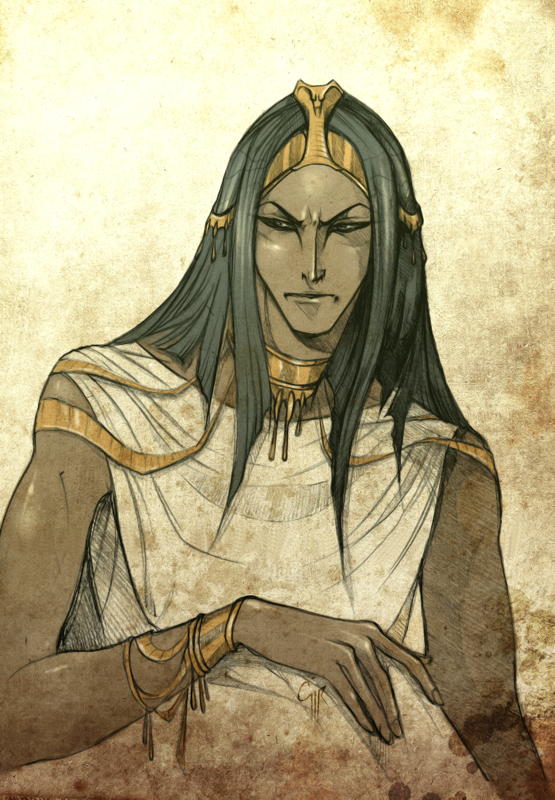 |
| The Other Gods - 1921 (The Peak of Mt. Hatheg-Kla) |
The second part of our journey through the early writing of H.P Lovecraft finds us passing through the years of 1920 and 1921: the more middle periods of what I have come to describe as Lovecraft's "early eldritch" before the crystallization of his more widely lauded Cthulhu Mythos and Dream Cycle continuity. Having covered the earliest period of this era in his career in the first part of our series - http://eldritchworks.blogspot.co.uk/2015/07/before-cthulhu-lovecrafts-early.html - we now propel through years which hold much of what would become familiar and enticing of Lovecraft's emerging vision. His cosmological world still nascent, this era saw an eclectic offering a vivid, often haunting and potent stories which would prefigure the texture of many Lovecraftian narratives to come in the following years.
 |
| Celephais - 1920 (The Cities of Celephais and Serannian) |
Such stories as "From Beyond", "The Moon- Bog" and "The Music of Erich Zann" dwell much on what and how these remarkable forces may be understood, and what may transpire when we discover their thresholds are intimately closer than we may think. A singular story of such an experience - albeit more pregnant with potent foreboding - is the story and shadowy god found in "Nyarlathotep". The debut of that powerful and mysterious deity, Nyarlathotep would come to madden and benight the lives of many who would have close encounters with the magic and terrifying lore of his deific race, and the eldritch horror they so embody beyond the realms of space and time. His story a bold and dark account, it would not be the last time that malign deity would loom over the worlds of Lovecraft.
 |
| Nyarlathotep - 1920 (Nyarlathotep in the image of a Pharaoh) |
More so, the story tells of the mad poet's own journey to this mysterious vault of long forgotten, ruined civilization and how its power so keenly evoked visions, including the character's now near legendary couplet of "That is not dead which can eternal lie, and with strange eons even death may die" - a mantra which has come to reverberate through the understanding of the Mythos, and to encapsulate the eldritch forces and entities which dwell all about it, in their strange designs and natures. This latter element comes to play a potent role as the unnamed traveler digs deeper into the fabled origins of this place, so strenuously avoided by others, and who may discover that ancient, enigmatic couplet spoken millenia before could bespeak much of what is unknown, and terrifying.
As fantastic and cosmological as much of Lovecraft's work is in this period, a good deal continues the intermingling and exploration of other horrors, some of which anticipate genres in media, both contemporary and years after. "The Temple" returns to the sea, and its inherent mysteries, as a German U-Boat of World War One is seemingly cursed and sinks to the bottom of the Atlantic: its descent beset by a creeping madness among its crew. Finally coming to rest amid the long sunken ruins of a once great and incredible city - which some muse was once Atlantis - the final surviving crew member is entranced by the spectral, fiery light flaring from somewhere within what seems to have once been a temple. Resigned, he goes in search of its meaning and soon thereafter jettisons a lone message in a bottle, washed ashore later to be read.
 |
| The Temple - 1920 (Last Resting Place of U-29) |
The sardonic, grim mysteries of the deep and of realms long lost or obscured remains a rich element of Lovecraft's lore and narrative as his mythos evolves into its recognizable form. More so, this story - as solitary and mysterious as it would seem - may actually have its place in the mythos of later years as it is alluded that the long drowned city of exotic ancients which the doomed submarine discovered may not have been the much feted Atlantis, but the far darker, notorious R'yleh - a city peopled and honored by those who knew of the Outer Gods and where Cthulhu is said to sleep.
In other realms of the horrifying unknown, we find the likes of "The Picture in the House" and "Facts concerning the late Arthur Jermyn and his Family". The first a creeping tale of when a quiet, almost idyllic country journey turns to visceral horror, the second works to juxtapose a similar cultural narrative of status spiked by a creeping and then roaring revelation which leads to madness, before death. Both stories still potent, the latter still has the power to be provocative as Lovecraft's tale of hidden origins and outrageous lineages has been seen - in the context of the time and latterly - as racist in its inflection. This is perhaps a broad claim and the story deserves to be understood more holistically in Lovecraft's cosmological sweep, though relative perceptions of time and place in his writing are understandable too.
Continuing on in our exhibition of work from this period, and now particularly the years considered, I would like to proffer more of his works, narrated and which have been found on YouTube. In this selection of six that can be found below, there is "Celephais", "Nyarlathotep", "The Nameless City", "The Other Gods", "The Outsider" and "The Music of Erich Zann". These are accompanied with some descriptive inkling of their wider status and of what the story may proffer for the interested and curious.
Celephais - 1920
A tale of other dimensions, alternate worlds and glimpsed realities as Lovecraft proffers an early tale of the nascent Dreamlands. The protagonist - known in his dreams as Kuranes - is born to high estate and esteem though latterly alienated by the modern world about him; his journeys to other realms beginning to consume his life and work. Drawn ever more to the vision of a great, beautiful city by the sea, the folds of reality begin to become less distinct as the protagonist is swept ever more towards a strange new destiny - though one his mortal body may not endure.
Nyarlathotep - 1920
A legend must have a beginning and it is this strange, ominous story that we find the debut of the thousand faced titular god. The narrator chronicling the emergence of a strange and singular being of ancient origins, the mysterious Nyarlathotep sweeps the world with displays of strange power and ingenious devices, but always leaving a shadowy legacy about himself. A doubter unimpressed by this strange reputation, he stands to bear witness to what will follow one night after doubting such a display. He will live to tell the audient void...
The Nameless City -1921
A story of strange journeys, haunting legacies and the stranger secrets that may as yet linger in the deep, forgotten places of the world. A lone traveler across the breadth of Arabia discovers a wealth of ancient, mysterious ruins; his curiosity leading him to a lone aperture which leads ever downward . His steps below tracing the labors of unknown architects, he may yet come to regret his seeking eyes as new thresholds open before him.
The Other Gods - 1921
Another story of the nascent mythos and dreamlands, their origins intermingled, we find a tale of yearning ambition and mystery as two men seek out the elusive, high peak where the gods may yet still linger on earth. The journey long and perilous, it remains for both men to labor onward; some more determined than others - and perhaps fated - to discern the mystery of the earthly deities last, favored abode before drawing back to the spaces beyond. Though what that could mean to discover may not be for human hands to decide.
The Outsider - 1921
A renowned classic of 20th century horror and esteemed as one of Lovecraft's most notable, pre-mythos works. After a lifetime of seclusion and solitude within the halls of a great old house, the occupant ventures beyond the walls of his home out into a world he yearns to understand, though which is ominous and foreboding. His journey earnest in its desire, he is curious as to what has become of the world and why others seemed stunned by a strange fear, more so.
The Music of Erich Zann - 1921
A remarkable story of mystery and worlds beyond, where we least expect their thresholds as they are. A college student finds accommodation in an old apartment of a Parisian district; his neighbor an enigmatic old man who evokes strange music from his viol by night. The reason for his performances unknown beyond his remarkable talent, it remains for the student to discover why Erich Zann casts his music so richly, over the rooftops of the sleeping city.